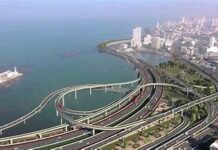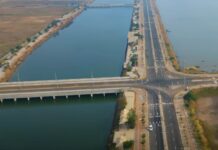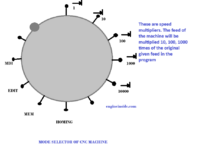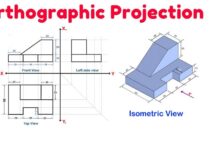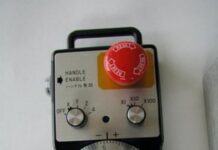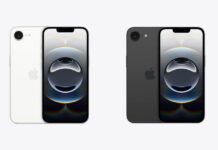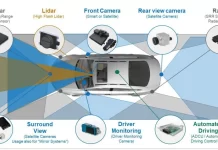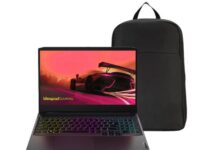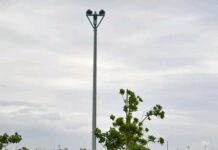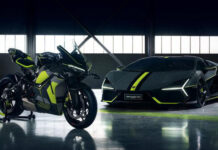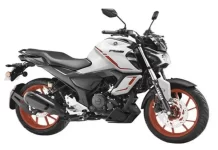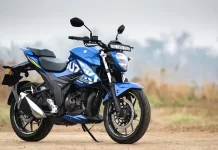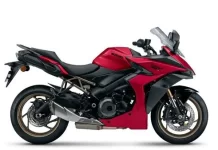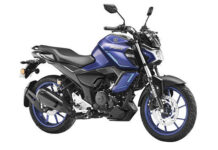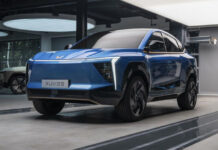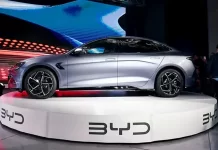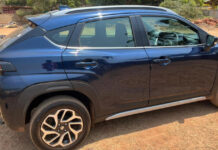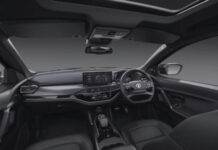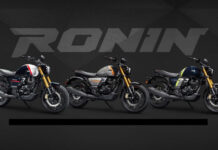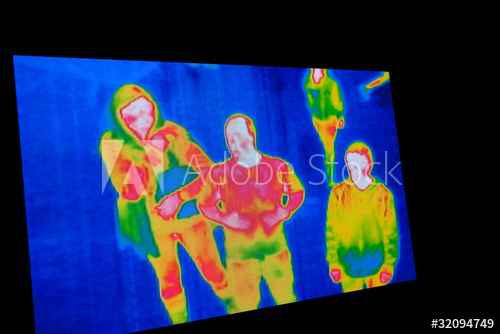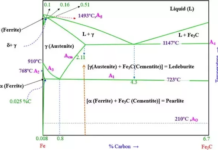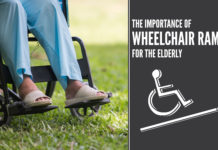James Mattis, Secretary of defence of US is highly ambitious to improve the sharpness, readiness and capabilities of its armed forces. They are untirely working on the night vision technology to make the military more lethal in close combat formations.
Conventional image intensified technology;
This technique converts very low levels of visible light photons into electrons. These electrons are amplified into larger number and converts them back to photons.
Incoming photons are bombarded on a photocathode tube and here photoelectric effect comes into play, releasing electrons.
The released electrons are magnified in number passing through a micro channel plate. These electrons are made to strike a phosphor screen. The picture made is viewed through lens.
Pros
- Low cost
- operates for a very long time
- Uses small battery
Cons
- Very large in size
- Bulky, difficult to carry
- Analogue system
This technology is generally used by aviators, Special forces and Army.
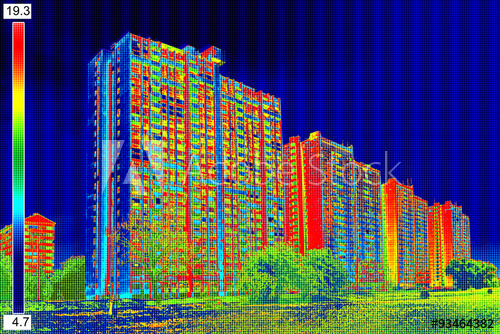
Infrared Imaging Technology
This technology can work even in the dark. It does not need light to work. All it uses is the thermal radiations emmitted from the bodies and converts them into visible form.
Thermal radiations have higher wavelength and and low frequency as compared to visible light. Low Wave Radiations (LWIR) have the property to penetrate through dust, cloud, smog and various other obstacles. Generally thermal sensors use LWIR or mid wave (MWIR) sensors. LWIR sensors are mostly used in the military due to their special property.
Pros
- Accurate and lethal
- Used in very demanding missions
Cons:
- Bulky, very complex design
- Uses liquid nitrogen
- High maintenance demanding


